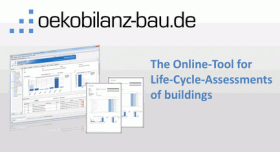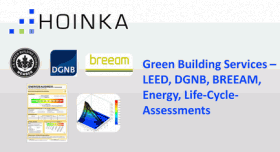17.06.2016 Chloroparaffins are to be found in many materials used in the building industry. Chloroparaffins are regarded as both harmful to health and dangerous to the environment and are thus included in the DGNB system.

Image: © MG – Fotolia.com
What are chloroparaffins?
Chloroparaffins (CPs) are complex mixtures of substances consisting of chlorinated hydrocarbons which are formed as a result of the chlorination of n-alkanes. They are not very flammable and they are resistant to the effects of chemicals and light. They are also harmful to health and the environment as well as being extremely water-polluting. Additionally, chloroparaffins are not very biodegradable and they can start to amass in certain conditions.
Chloroparaffins are primarily used as softeners in plastics. They are also contained in sealing agents, glues and flame-retardant building products such as fire barrier mortar as well as in binding agents in metalworking varnishes.
Chloroparaffins are divided into:
- short-chain CPs (SCCPs)
- medium-chain CPs (MCCPs)
- long-chain CPs (LCCPs)
on the basis of the length of their hydrocarbon chain.
The acute toxicity of chloroparaffins increases with decreasing chain length. Short-chain chloroparaffins are regarded as “possible carcinogens” and their use has been prohibited in the metalworking industry in the EU since 2002.
Consideration of chloroparaffins in the DGNB system
In DGNB criterion ENV 1.2 “Risks to the local environment”, different materials are considered in terms of their ingredients with a view to avoiding or reducing the use of environmentally hazardous products. Elastic floor coverings, sealing agents, glues, insulation and wall coverings (glass fibre wallpapers, paint substrates and decorative supports) are considered with regard to chloroparaffins. Depending on the product and quality level, the proportion of chloroparaffins must be lower than a certain threshold level or the material must be free from chloroparaffins.
We would be happy to assess your products for compliance with DGNB criteria. >> Contact

 English
English










